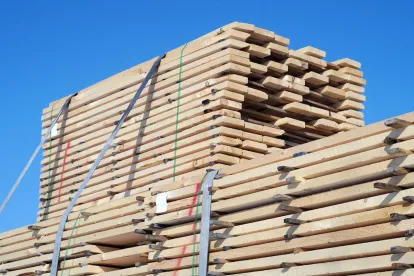Knowing the top 10 most frequently cited safety and health violations in construction is extremely important to keep employees safe and prevent citations.
Following are the construction top 10 most frequently cited Occupational Safety and Health Administration (OSHA) violations for fiscal year 2021 (October 2020–September 2021).
|
Rank |
29 CFR Standard |
- Duty to Have Fall Protection – 1926.501
- Scaffolds – 1926.451
- Improper Use of Ladders – 1926.1053
- Fall Protection Training Requirements – 1926.503
- Personal Protective Equipment: Eye and Face Protection – 1926.102
- General Safety and Health Construction Provisions – 1926.20
- Personal Protective Equipment: Head Protection – 1926.100
- Specific Excavation Requirements – 1926.651
- Fall Protection Systems and Requirements – 1926.502
- Aerial Lifts – 1926.453
Illustration
The following is a hypothetical situation to help illustrate how knowing the top 10 frequently cited OSHA violations will come into play.
Arriving at the site, OSHA compliance safety and health officer (CSHO) Miranda Layton says, “Good morning, my name is Miranda Layton, and I’m a compliance safety and health officer with the Occupational Safety and Health Administration. I’d like to talk to the person in charge of safety at this multi-employer construction worksite.”
“Sure,” Alex, a lead roofer, replies, “Let me go get Jim, the general contractor’s safety manager.”
Alex phones Jim and says, “Hey Jim, OSHA is onsite and is asking to talk to you.”
“Thanks, Alex. I’ll be right there,” Jim responds.
Have you or your company’s safety manager ever been in Jim’s position? Would you know where to start or who to talk to? Aware of the sobering facts that about 963 construction workers lose their lives, with another 78,000 sustaining non-fatal injuries due to a workplace incident (according to the U.S. Bureau of Labor Statistics, 2011 – 2020 Census of Fatal Occupational Injuries and 2011 – 2020 Current Population Survey), Jim knew it was only a matter of time before he would be involved in an OSHA inspection. This is especially true working in an industry that comprises over 40 percent of OSHA’s yearly inspections.
Before leaving the worksite trailer, Jim calms his nerves and reminds himself that CSHO Layton would focus on certain hazards. At a safety conference earlier in the year, an OSHA representative told Jim and other safety professionals that the agency’s enforcement efforts would be directed at hazards associated with the top 10 most frequently cited violations in the construction industry.
Armed with this knowledge, Jim leaves the trailer to attend the opening conference with CSHO Layton. During the conference, Jim explains that he works daily with the many subcontractors to reduce and eliminate hazards at the worksite. During the walkaround inspection, CSHO Layton makes note of this effort to reduce and eliminate hazards.
Falls remain one of the leading causes of worker deaths in construction. Not surprisingly, every one in five construction citations issued by OSHA over the last decade has been for inadequate fall protection. During the walk-around inspection, Jim notices that each roofer is using a compliant personal fall arrest system on the office building’s steep roof. After speaking to the roofers, CSHO Layton tells Jim that the required training also appears to have been provided by the roofing subcontractor. This is great news as Jim spoke to the subcontractor about the need for fall protection and training last week.
Rounding the corner, Jim notices that guard rails have been installed on the roof around the warehouse skylights to protect the electrical subcontractor’s employees working and walking around the skylights. Unfortunately, the masonry subcontractor’s employees are still not maintaining three points of contact while climbing up and down ladders to the roof. Jim spoke to them about not carrying tools and materials in their hands to maintain the three points of contact. He knew CSHO Layton would cite this as a violation since improper ladder use is a leading cause of falls for construction workers.
On the west side of the warehouse, CSHO Layton praises the utility contractor for requiring the use of hard hats while working under erected scaffolding. Even though the painting supplies were secured, the risk of the supplies falling from the scaffolding still exists for the utility contractor’s employees. While asking questions about how often the scaffolding is used and inspected, CSHO Layton reminds the painter’s helpers that the highest non-fatal injury rate for the last two years was among helpers at construction sites.
As the inspection ends, Jim explains to CSHO Layton that each subcontractor understands the importance to plan each job task, assess the hazards involved, maintain a positive attitude, use appropriate personal protective equipment, provide training, select, and implement proper fall protection systems and practices, and timely correct any deficiencies to prevent and reduce workplace accidents and injuries. Before leaving, CSHO Layton acknowledges the attention to safety and the precautions taken by the contractors at the worksite. As CSHO Layton leaves the worksite, Jim is confident that the general contractor and most of the subcontractors will not receive OSHA violations due to their continued commitment to safety.




 />i
/>i

